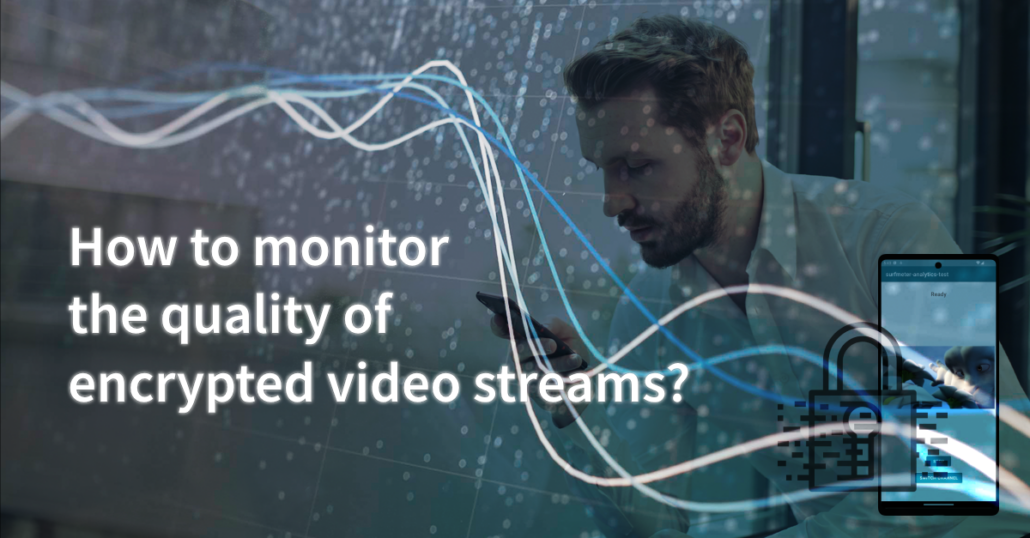In today’s digital era, video streaming on mobile devices is at an all-time high. To meet the increasing demand for seamless streaming on smartphones and tablets, robust tools for optimal video quality are essential. We are excited to announce that our Surfmeter platform now supports AVPlayer for iOS 15 and higher. This expansion brings the powerful video streaming analytics and quality testing capabilities enjoyed by our Android users to iOS, allowing for easy measurement and analysis of video quality on iOS devices
Our iOS variant supports two main use cases, all within one SDK. Read on to find out more!
Read more





